General Windnoise Diagnosis Guide

| Subject: | General Windnoise Diagnosis Guide |
| Models: | 2003-2006 Chevrolet SSR |
This bulletin is being revised to add the 2006 model year. Please discard Corporate Bulletin Number 05-08-58-003 (Section 08 - Body and Accessories).
Condition #1
Windnoise from the side and rear edge of the tonneau cover.
Cause
The tonneau cover may not be making enough compression to the seal. Use the dollar method to check compression of the seal.
Correction
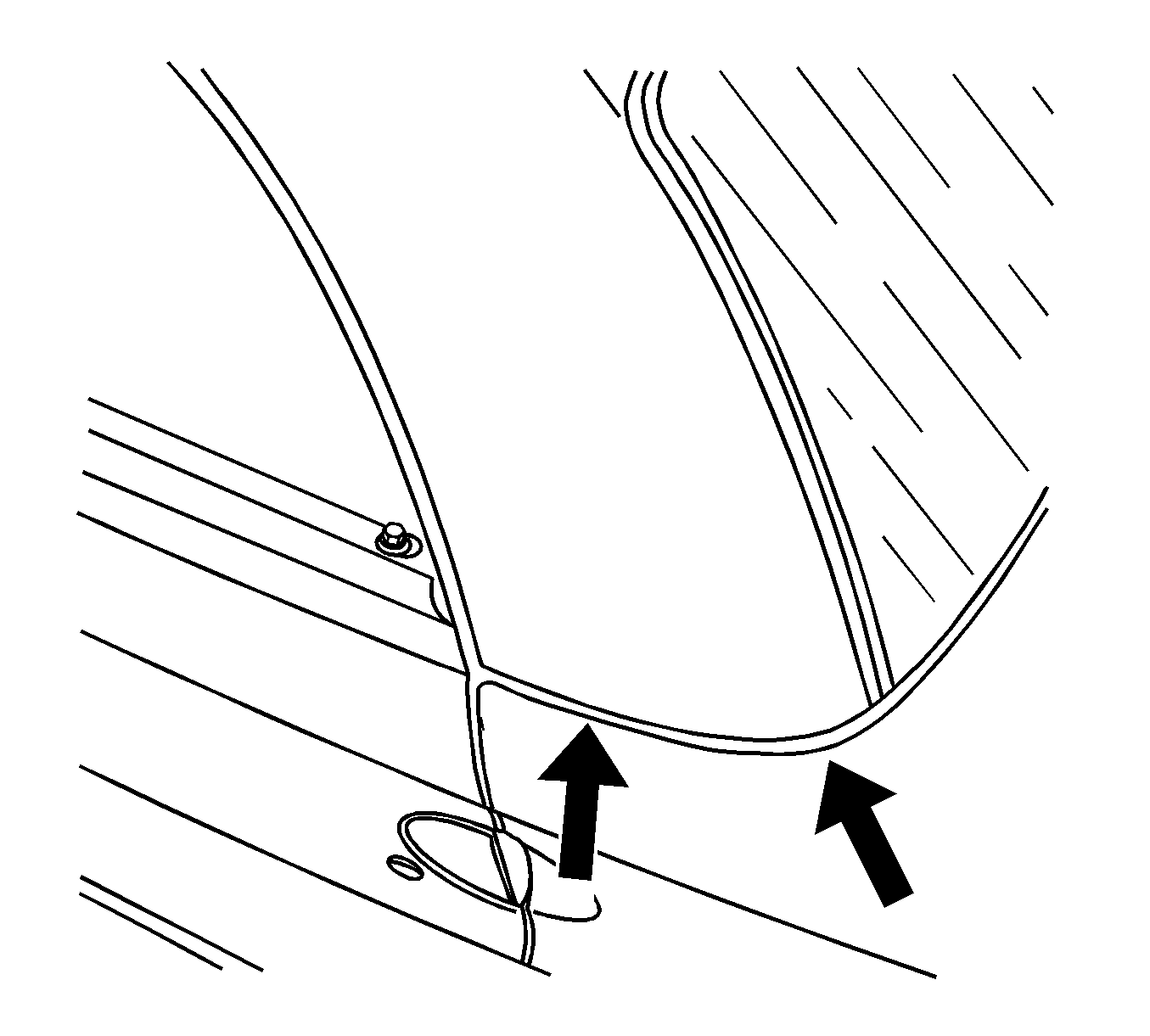
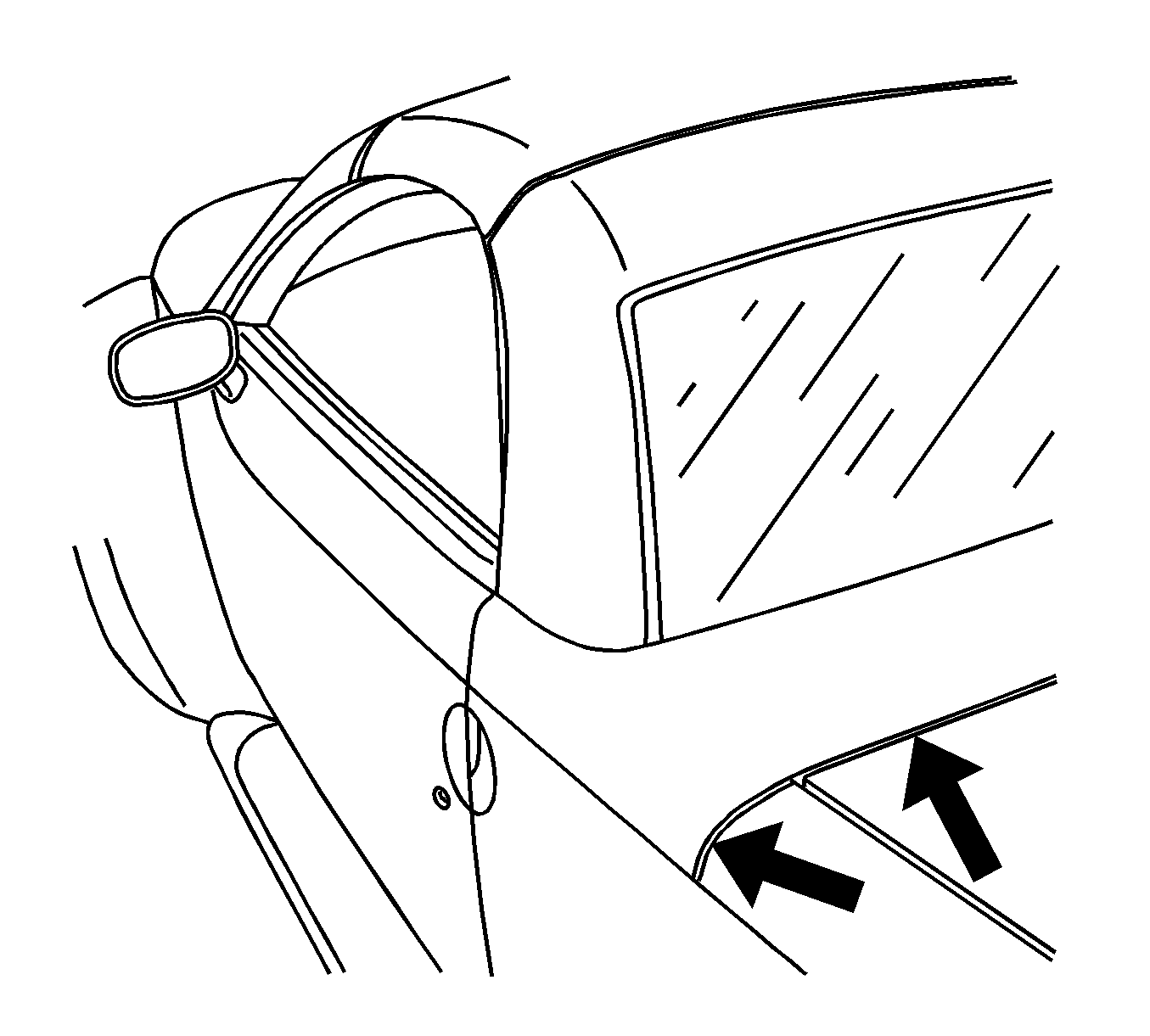
Adjust the tonneau to achieve compression and tonneau to lower roof seal. Refer to the illustrations above.
Condition #2
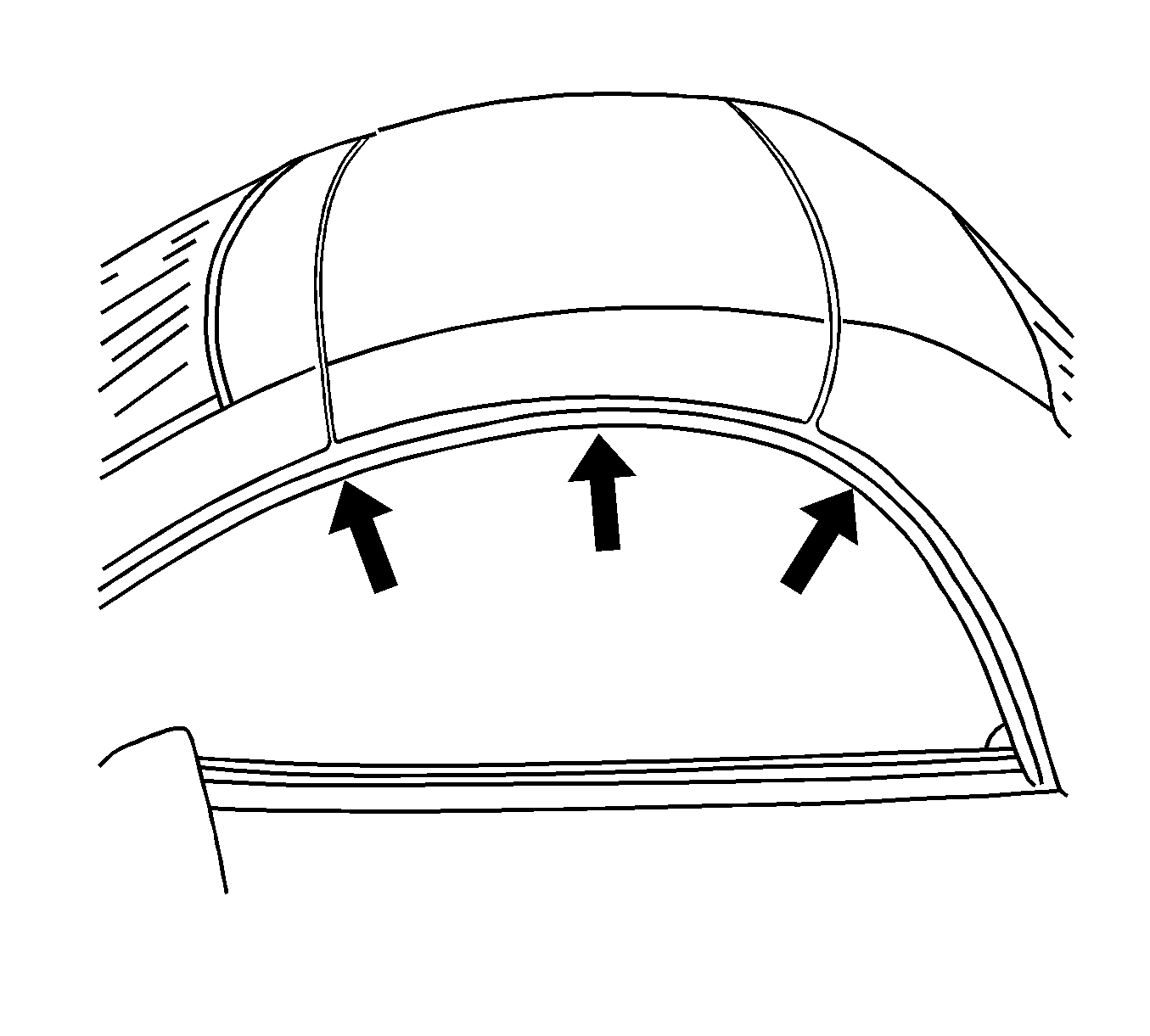
Windnoise around the door glass. Check that the glass is fully seated into the seal and not outside of the seal or catching part of the seal. Refer to the illustration above
Cause
The door glass may be out of adjustment.
Correction
| • | Adjust window Tip-in Adjustment-Door (SI Document ID #1239715). |
| • | Adjust window height adjustment-door minor (SI Document ID #903074). |
Condition #3
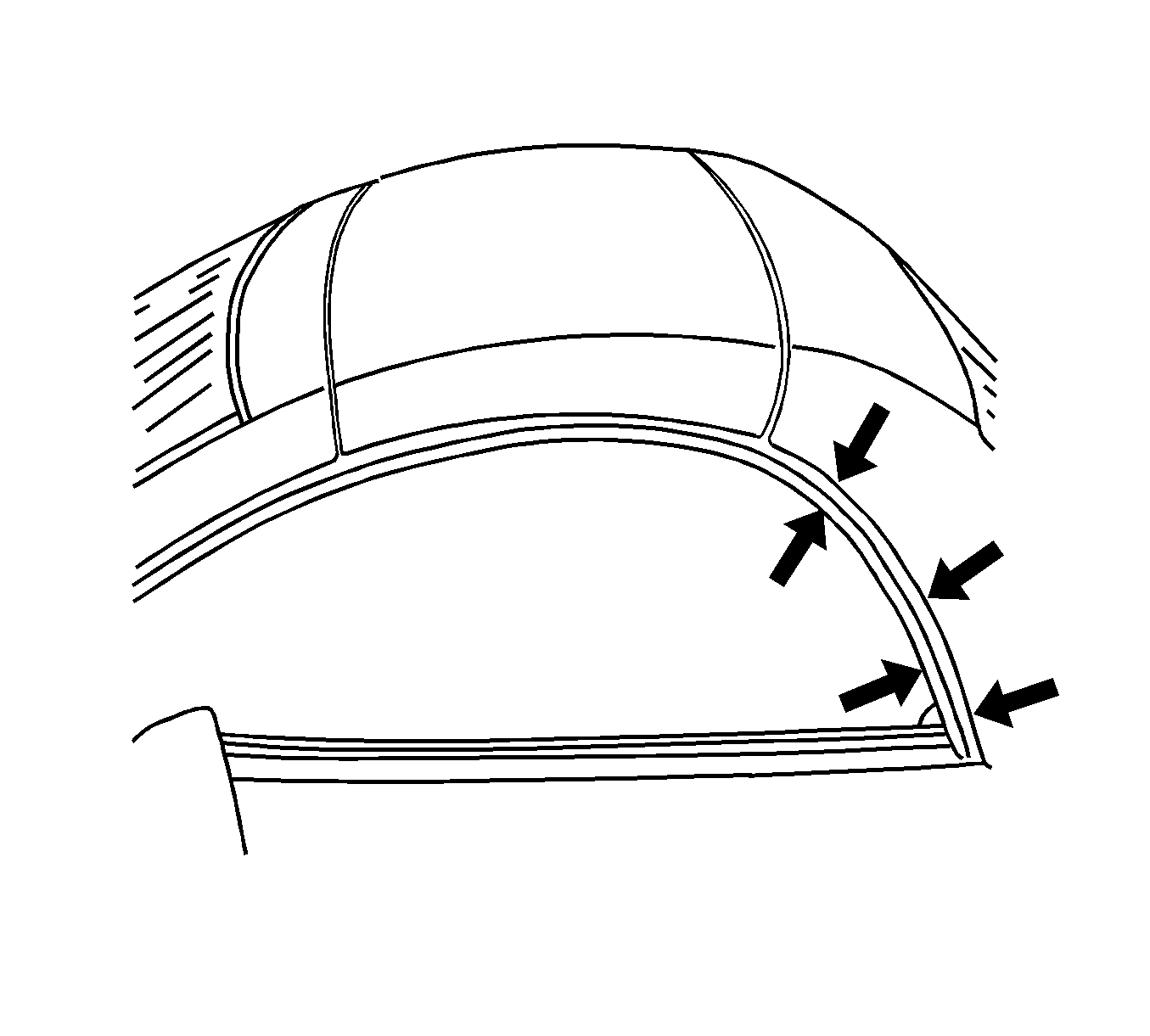
Is the "B" pillar seal fully seated (seal should be tight to the roof panel)? Check for glass compression to seal by using water on the seal or a piece of paper/dollar bill method (Should have compression along entire areas). Refer to the illustration above.
Cause
The glass may be out of adjustment.
Correction
Check window Fore/Aft adjustment following SI Document ID #1456779. The "B" pillar seal to roof panel should have no pucker or gaps and is fully seated into the retainer.
Condition
Windnoise from the weatherstrip joints.
Cause
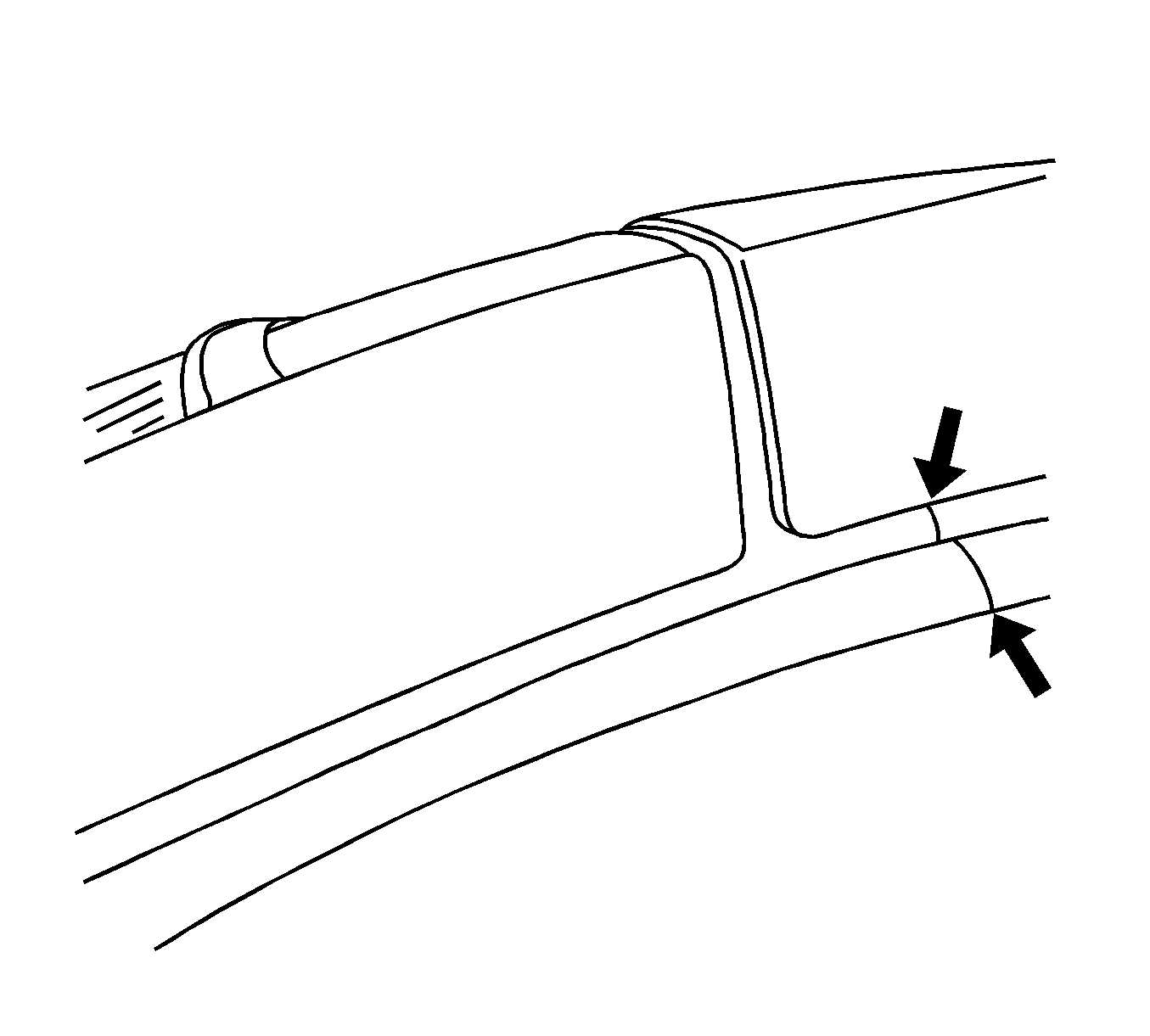
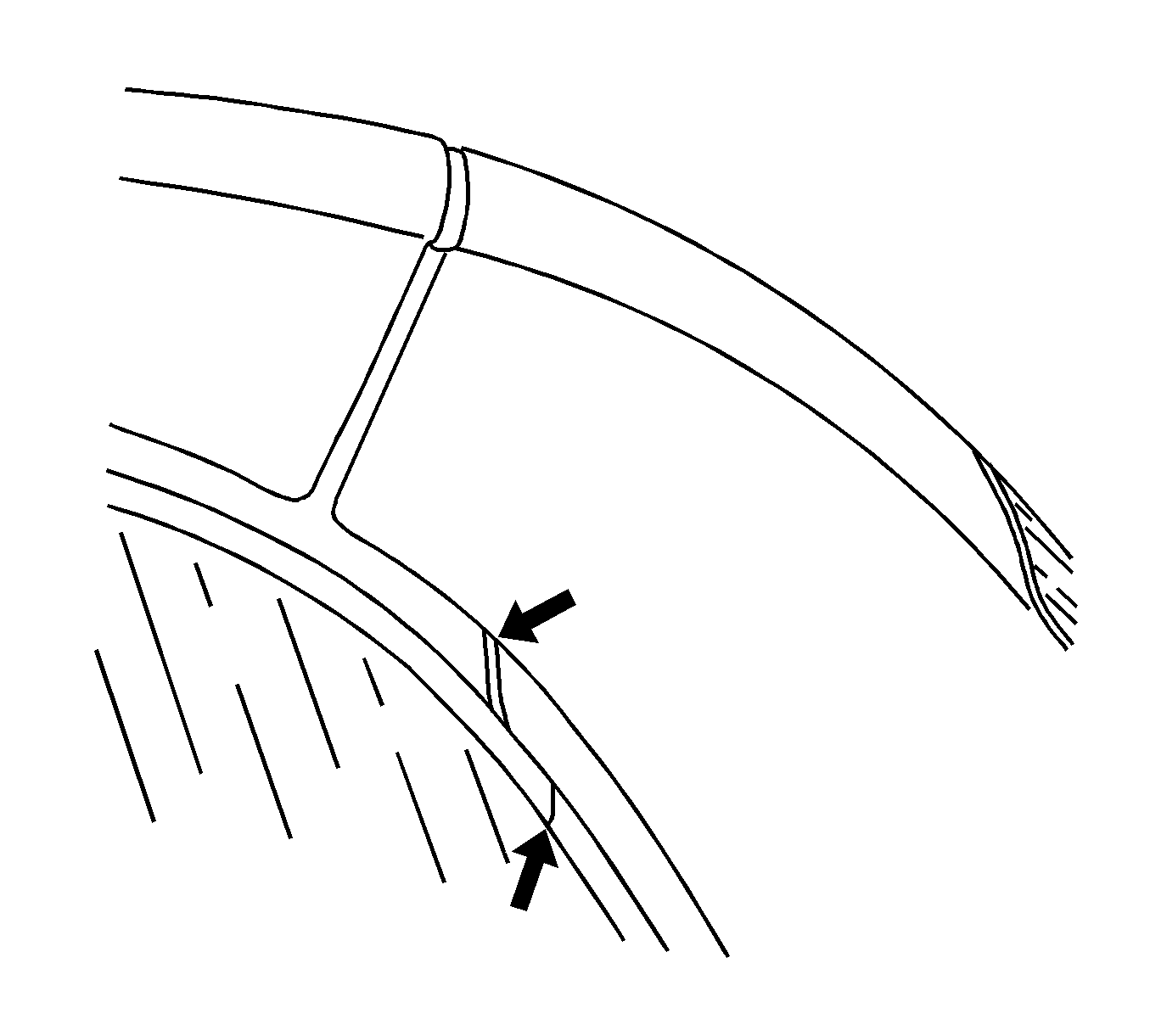
The ends of the weatherstrip may be folded under one another or may not be making enough contact. Refer to the illustrations above.
Correction
Check both joints. There should be no gaps between the roof to header or between the front roof and "B" pillar seal.
Condition
Leak in the rear corner between the front roof panel and seal.
Cause
There may be a gap between the roof and the weatherstrip.
Correction
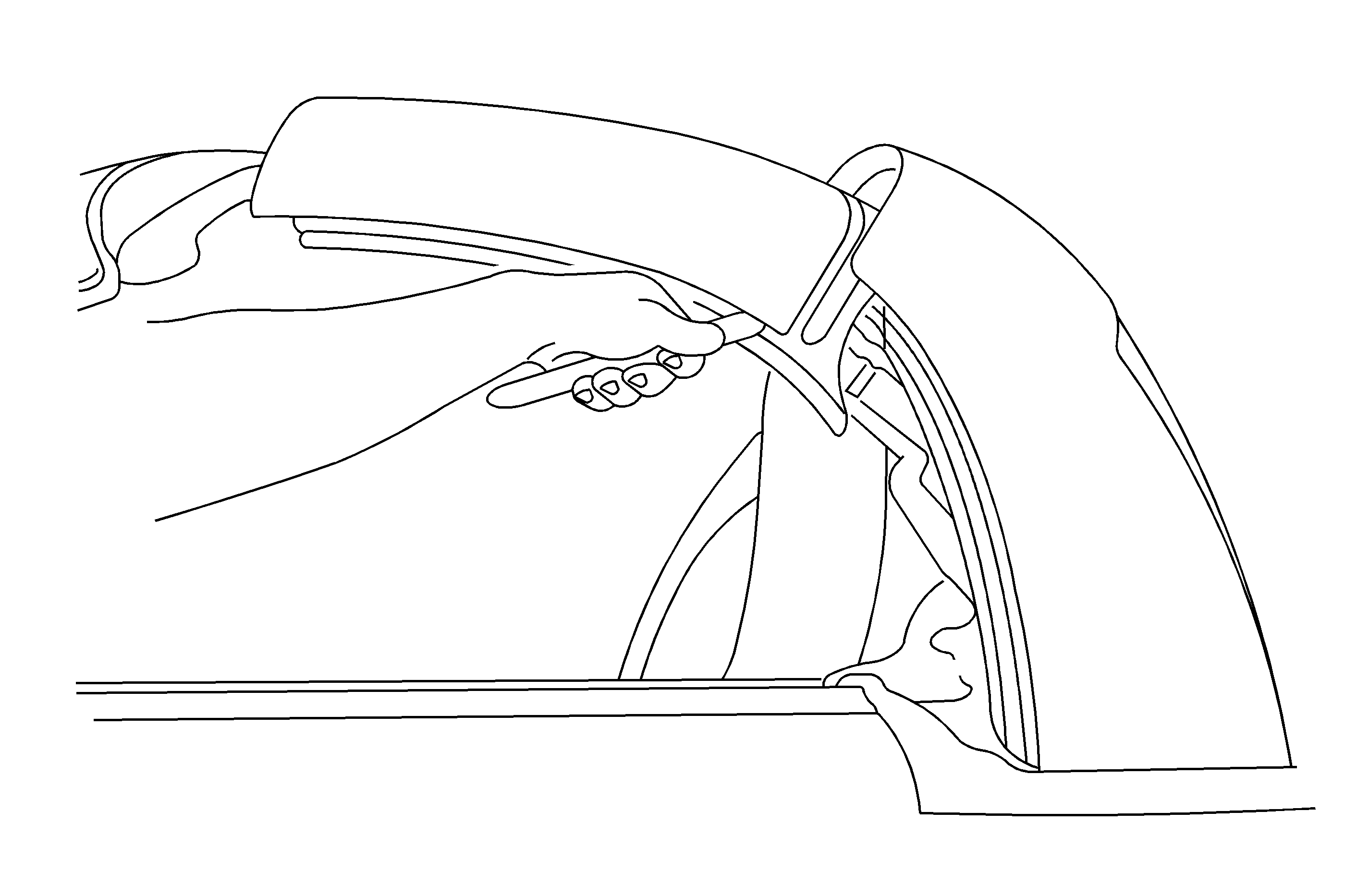
Apply a small amount of sealer between the weatherstrip and the roof. Refer to the illustration above for location.
Condition
Windnoise from across the roof.
Cause
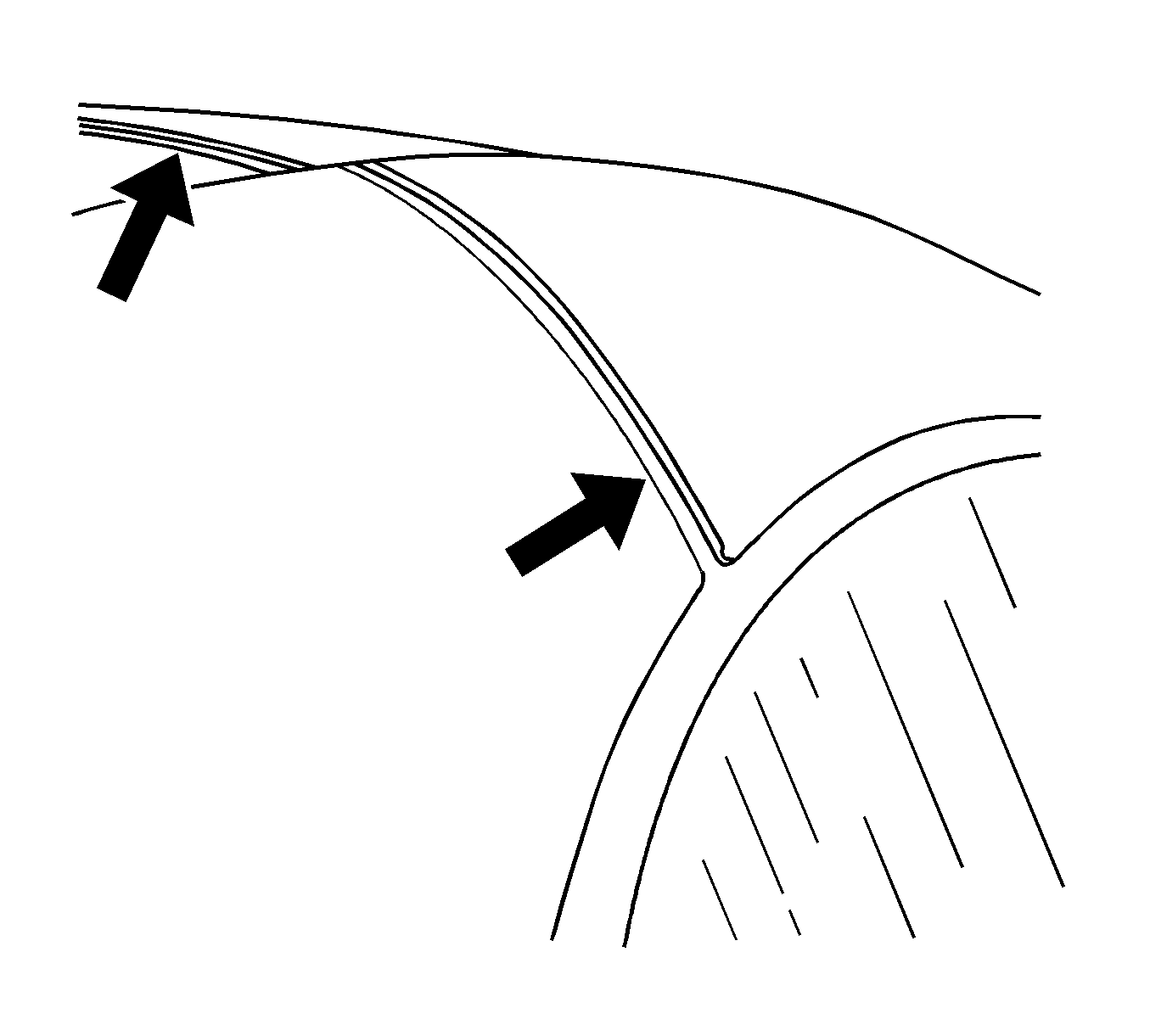
Tape across the entire front roof to REAR ROOF seal to see if noise is eliminated. Check for seal compression between front to rear roof panels and also check for puckers in the seal. No puckering of the roof seals. Roof seals can't be wavy and roof panels must have compression. Refer to the illustration above.
Correction
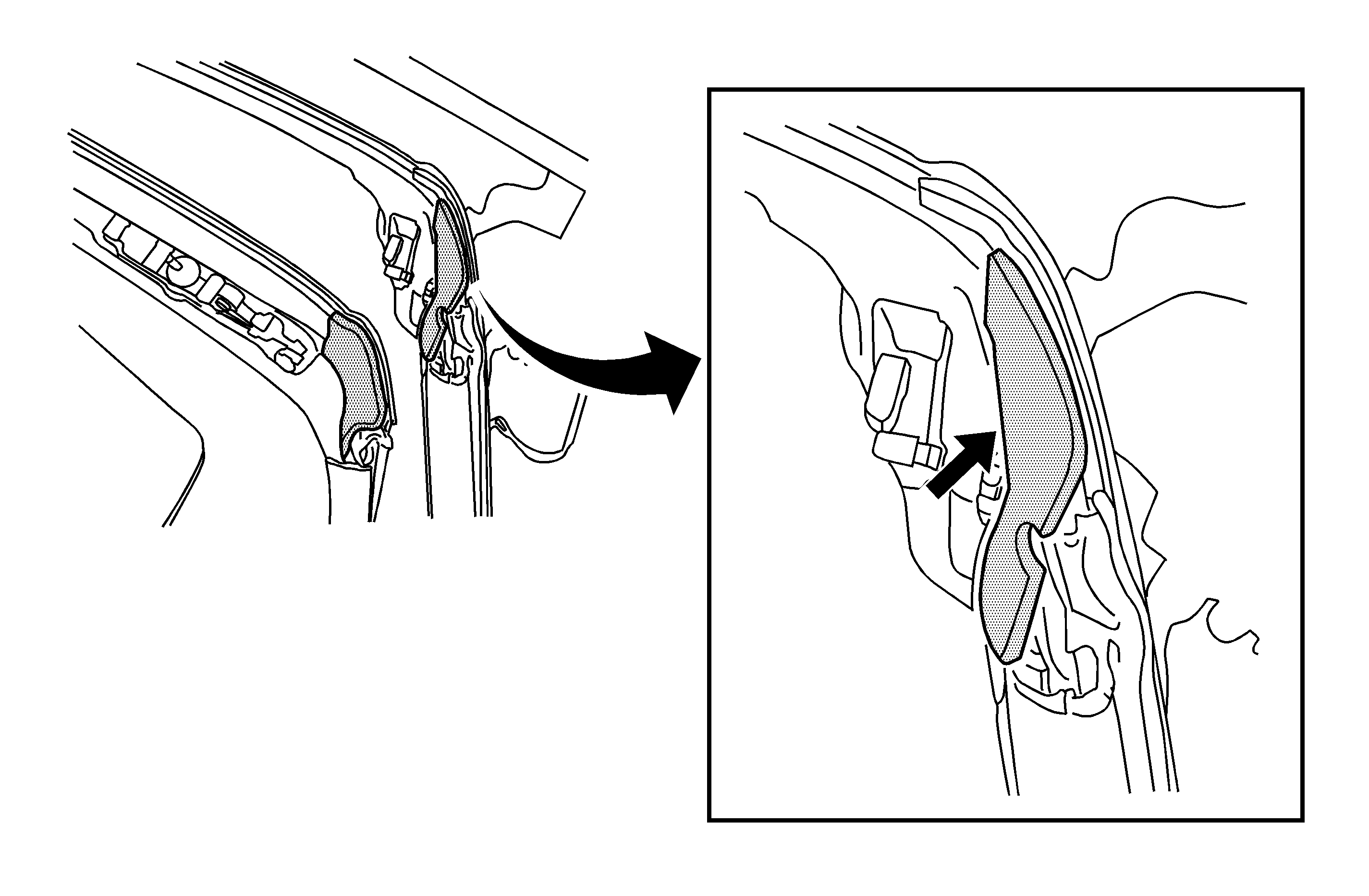
If the noise is coming from the outside roof joints at the outboard edges by the door glass, clean the surfaces and install the foam seals. Refer to the illustration above.
Condition
Tape across the entire roof to header seal to see if the noise is eliminated. Check for front roof panel to header seal compression by using the dollar bill method.
Cause

Adjust the roof for compression if necessary. Also check that there are no puckers in the seal. Refer to the illustration above.
Correction
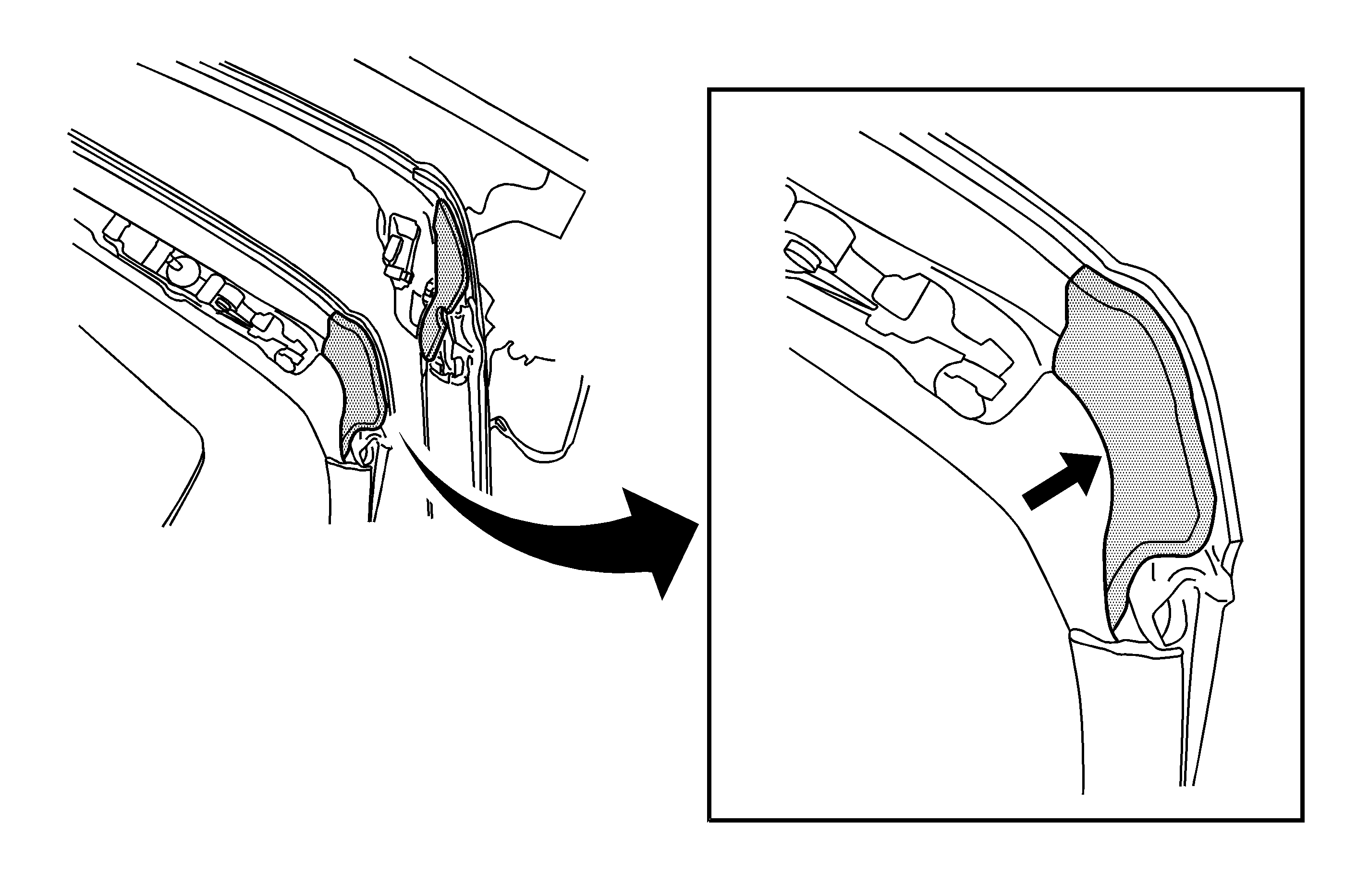
If noise is coming from the FRONT ROOF joint at the outboard edges by the "A" pillar, clean the surfaces and install the foam seals. Refer to the illustration above.
Condition
Leak in the rear corner between the seal and the roof panel.
Cause
The seal may not have enough compression to the roof.
Correction
- Cut 203 mm (8 in) long pieces of 10 mm (3/8 in) round foam.
- Apply soap to the foam. Pull back on the weatherstrip lip. Refer to the illustration above for location.
- Insert the foam into the weatherstrip and then push the foam to the center of the vehicle. Refer to the illustration above.
- Insert the foam strip until the weatherstrip is stuffed all the way across.
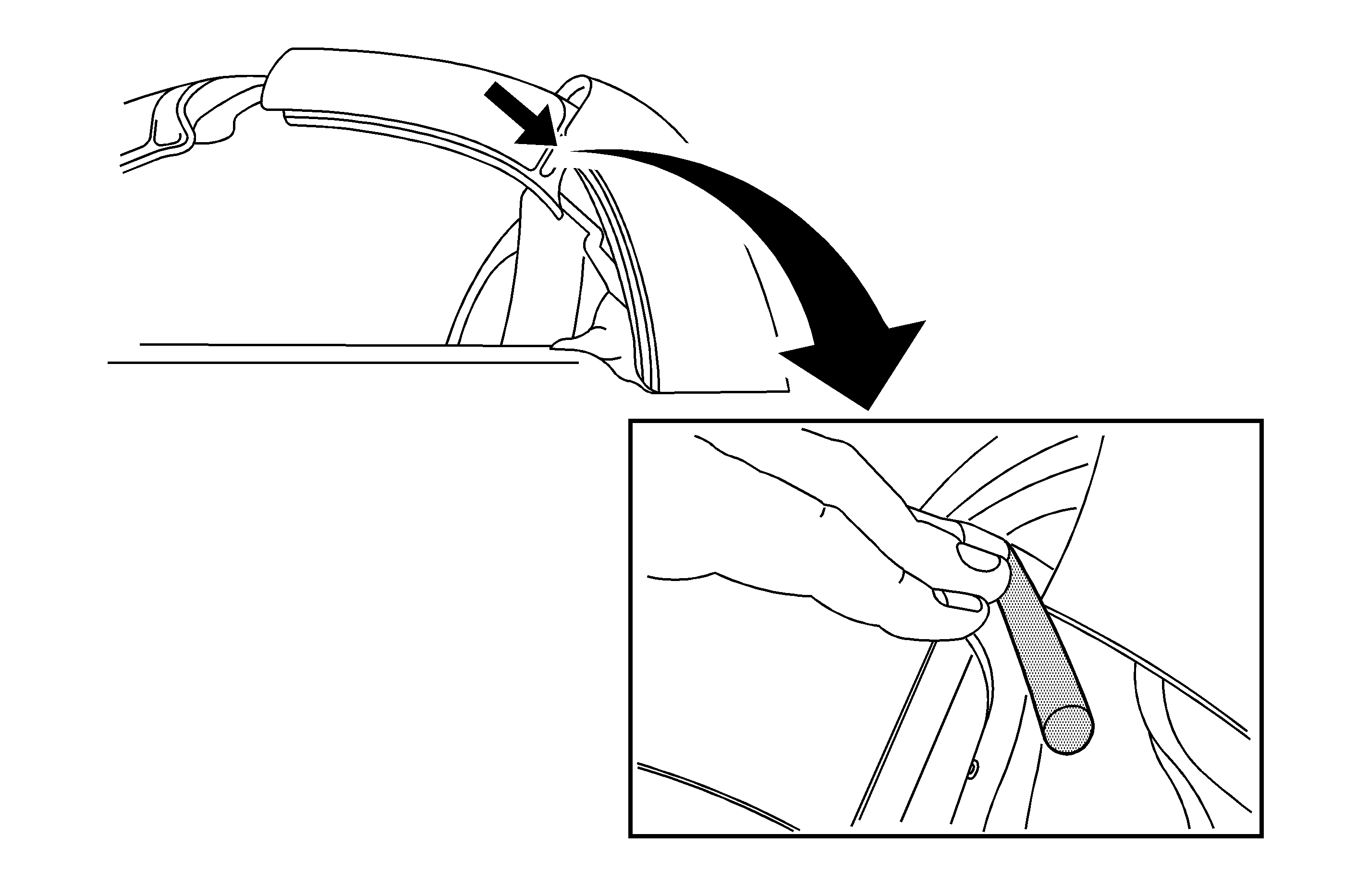
Important: The foam for this repair is only sold in 15 m (50 ft) lengths. After use, please restock in parts for future use.
Condition
Leak between the side rail weatherstrip retainer and the roof weatherstrip retainer.
Cause
The side rail weatherstrip retainer may be out of alignment with the roof weatherstrip retainer.
Correction
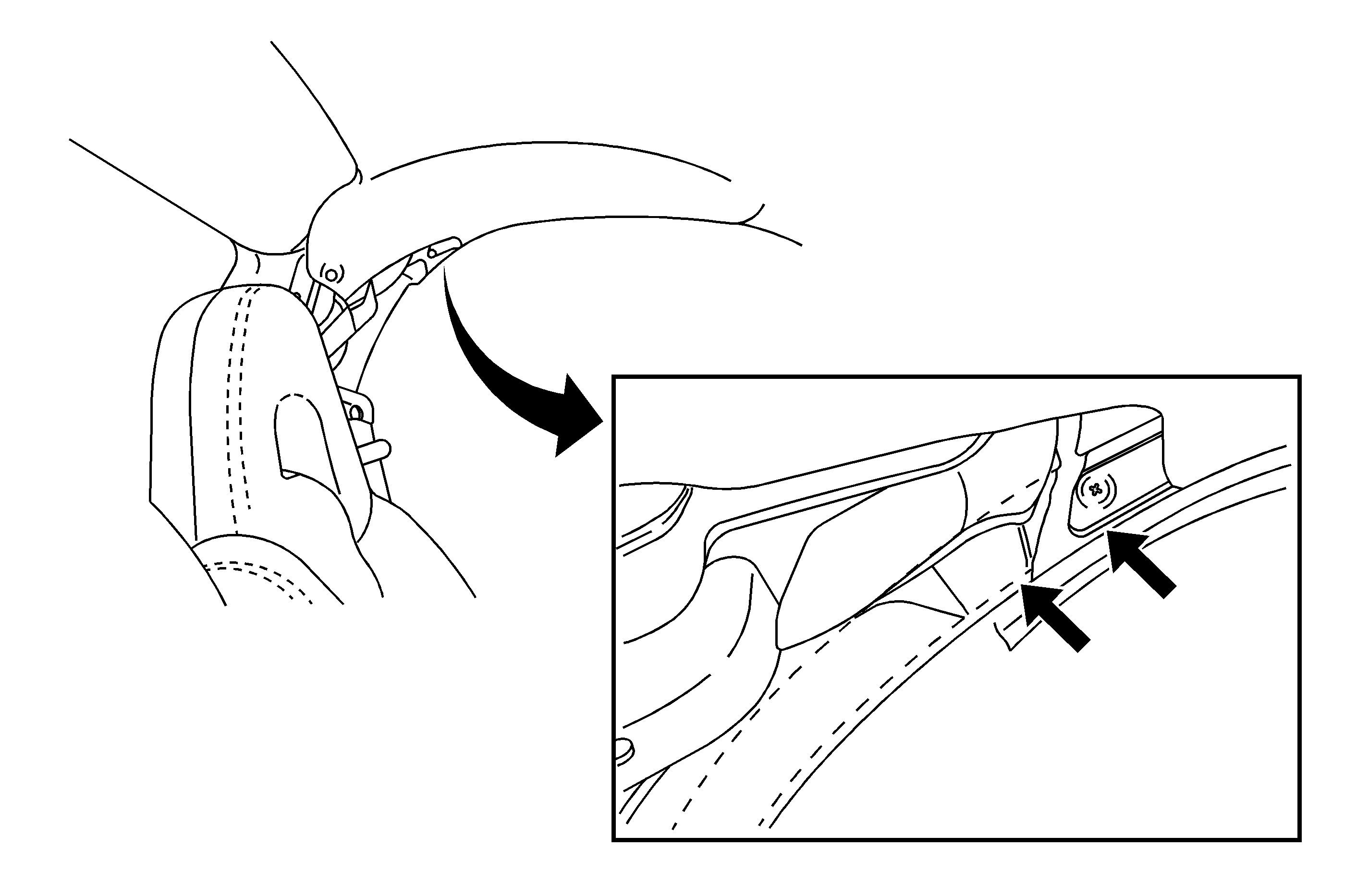
The roof weatherstrip retainer and the side rail weatherstrip retainer should run parallel to each other. Refer to the illustration above.
Parts Information
Part Number | Description |
|---|---|
15257741 | Seal, Roof FRT LH |
15257742 | Seal, Roof FRT RH |
15257745 | Seal, Roof RR PNL LH |
15257746 | Seal, Roof RR PNL RH |
Kent Products can be purchased by calling 1-800-654-6333.
Part Number | Description | Material Allowance |
|---|---|---|
P40320 | Kent Automotive 3/8" x 50 Close Tolerance Foam | GA |
Warranty Information
Dealers should use the closest labor operation code for each separate repair operation.
